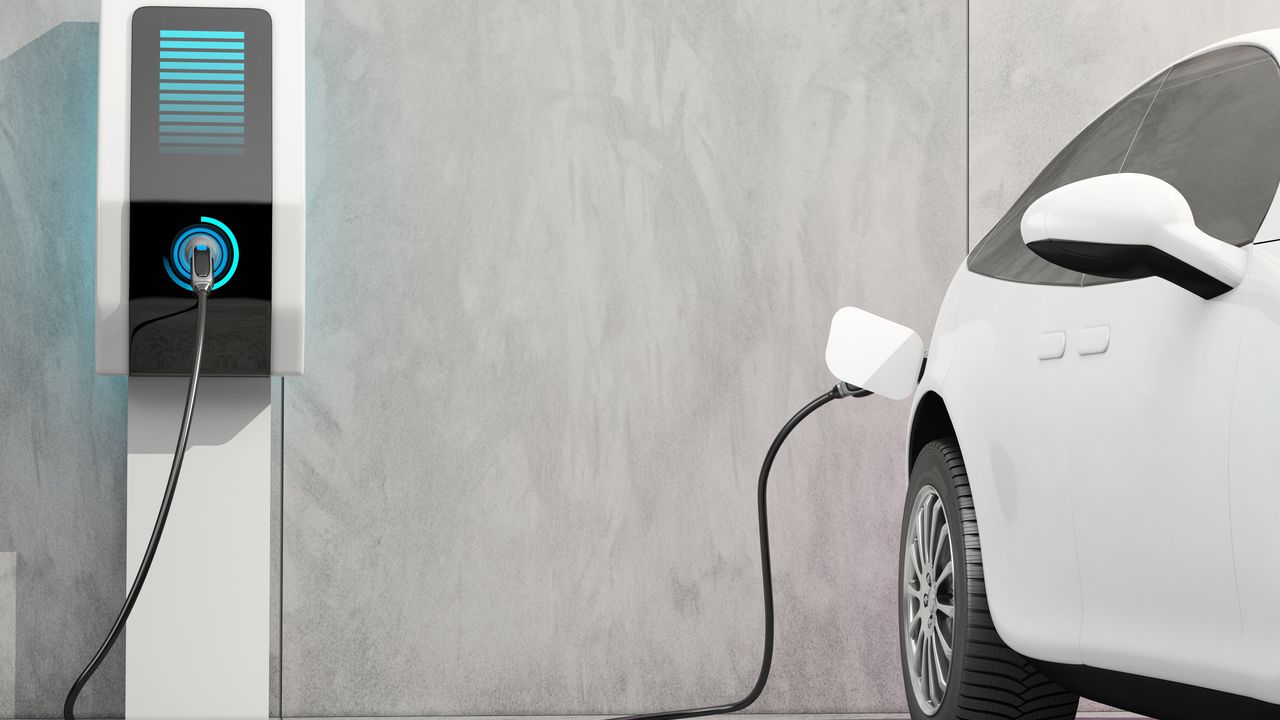EV Charging Station Management: Ensuring a Seamless User Experience
As the demand for electric vehicles (EVs) continues to rise, the need for efficient and reliable charging infrastructure becomes paramount. EV charging station management plays a crucial role in ensuring a seamless user experience, encompassing various aspects such as charging station user support, fault detection, and maintenance. In this article, we delve into the importance of these elements and how they contribute to the overall success of EV charging networks.
Charging Station User Support: Empowering EV Owners
One of the key factors in promoting widespread EV adoption is providing a positive and user-friendly charging experience. Charging station user support plays a pivotal role in this regard, offering assistance and guidance to EV owners throughout their charging journey.
Effective user support begins with clear and concise communication. Charging station operators should ensure that users have access to comprehensive information about the charging process, including instructions on how to initiate a charging session, monitor progress, and handle any potential issues that may arise.
Furthermore, offering multiple channels for user support, such as dedicated helplines, online chatbots, or informative websites, allows EV owners to seek assistance in a manner that suits their preferences. Prompt and knowledgeable responses to user queries can significantly enhance the overall charging experience, fostering trust and satisfaction among EV owners.
Charging Station Fault Detection: Minimizing Downtime
Despite the advancements in EV charging technology, occasional faults and malfunctions are inevitable. However, the key lies in promptly detecting and addressing these issues to minimize downtime and ensure a reliable charging network.
Implementing robust fault detection systems is crucial for charging station management. These systems utilize advanced monitoring technologies to detect anomalies, such as power fluctuations, communication errors, or hardware malfunctions. Real-time alerts can then be sent to operators, enabling them to swiftly respond and rectify the problem.
By proactively addressing faults, charging station operators can minimize disruptions to the charging process, reducing frustration for EV owners and maximizing the availability of charging infrastructure. Regular maintenance and periodic system checks are also essential to identify potential issues before they escalate, ensuring a smooth and uninterrupted charging experience.
Charging Station Maintenance: Sustaining Optimal Performance
Maintaining the optimal performance of EV charging stations is vital for their long-term sustainability. Regular maintenance activities, including inspections, cleaning, and software updates, are essential to keep the charging infrastructure in top condition.
Charging station operators should establish comprehensive maintenance schedules to ensure that all components, including charging cables, connectors, and software systems, are regularly inspected and serviced. This proactive approach helps prevent unexpected breakdowns and extends the lifespan of the charging infrastructure.
Furthermore, continuous monitoring of charging station performance allows operators to identify patterns or recurring issues. By analyzing data on usage, energy consumption, and charging patterns, operators can optimize the charging network, identify potential bottlenecks, and plan for future expansion.
Conclusion
Efficient EV charging station management is essential for providing a seamless user experience and promoting widespread EV adoption. By prioritizing charging station user support, implementing robust fault detection systems, and conducting regular maintenance activities, operators can ensure the reliability, availability, and longevity of the charging infrastructure. As the EV market continues to grow, investing in effective management strategies will be crucial to meet the evolving needs of EV owners and facilitate the transition to a greener future.
